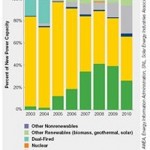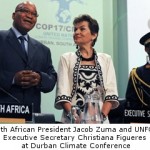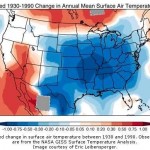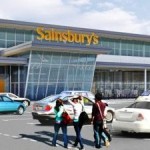We must plan cities for people, not vehicles. Design roads for public transport, cycling and walking, not cars. This is the option for the city to cut killer pollution, crippling congestion, expensive oil guzzling and global warming impacts of vehicular emissions.
Control Fuel Guzzling
Not only the car numbers are increasing in the cities of South Asia, the markets are also shifting steadily towards bigger cars. While in the Indian car market, big cars form 36 per cent of the new car sales, in Dhaka, cars are predominantly big. This can seriously threaten energy security.
It is evident from global studies that show even a 10 per cent increase in large vehicle sales can roughly result in a 2 per cent deterioration in fleet fuel economy. This means, roughly, an additional 17,500 barrels of oil that will be consumed annually by those 10 per cent large vehicle sales. Cities are bearing huge cost on account of luxury consumption of fuel. These cities immediately need to fuel efficiency measures and standards to conserve fuel in the transportation sector and strengthen energy security.
Only More Roads are not the Answer
One must learn from Delhi’s experience. Delhi has not been able to solve its problem of pollution and congestion by building more roads and fly-overs for cars. Delhi is most privileged to have more than 21 per cent of its geographical area under road space. Delhi has built the maximum roads and fly-overs. Yet its roads are totally gridlocked. Peak hour traffic has even slumped to below 15 km/hour. Cars and two-wheelers in Delhi occupy 90 per cent of the road space but meet less than 20 per cent of the travel demand. More roads are not the answer.
Dhaka must not repeat the mistakes that Delhi and other mega cities are making of following pro-car policies. Dhaka still has the chance to plan its future growth differently and avoid the path of pollution, congestion and energy guzzling. More road space is not the answer. Cities need to make maximum investment in redesigning their existing road space and travel pattern to provide the majority of the people (more than 90 per cent of people in Dhaka use public transport and non-motorized transport) affordable and efficient mode of public transport that can be an alternative to personal vehicles. Dhaka must build on its strength.
The Way Ahead
If South Asian cities do not want to wheeze, choke and sneeze, then they have to act now. Dhaka’s and Delhi’s work with CNG shows that it can make a difference. It is time to set new terms of action.
Soft options have all been exhausted. Reducing personal vehicle usage, upgrading public transport, walking and cycling, and leapfrogging vehicle technology are the key options left for us.
The deliberation at the Dhaka meeting has brought out a wide gamut of priority measures to combat pollution, congestion and energy guzzling. These include:
- Continue to strengthen the CNG-based public transport programme that is an important strategy for leapfrogging to cleaner emissions.
- Scale up and accelerate bus transport reforms. Integrate public transport, and non-motorized transport. Cities need to integrate bus, cycling, walking and para-transit systems.
- Build pedestrian infrastructure. Design pedestrian guidelines for approval of road projects and enhancement of the existing ones. Without proper walking facilities, public transport usage cannot increase.
- Introduce a parking policy to reduce congestion.
- Strengthen emission checks on in-use vehicles.
- Use tax measures to discourage personal vehicle usage and inefficient use of fuels.
Source: CSE Press Release dated January 22, 2011.














